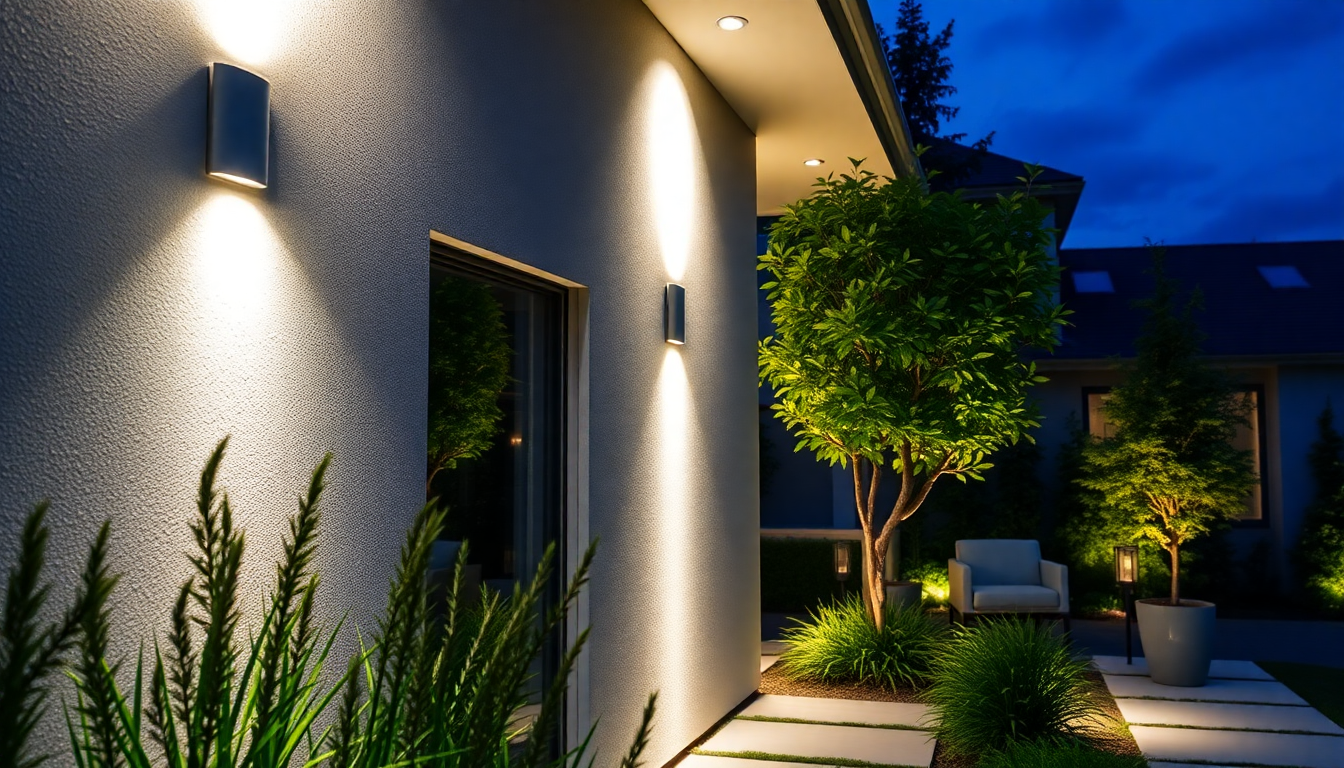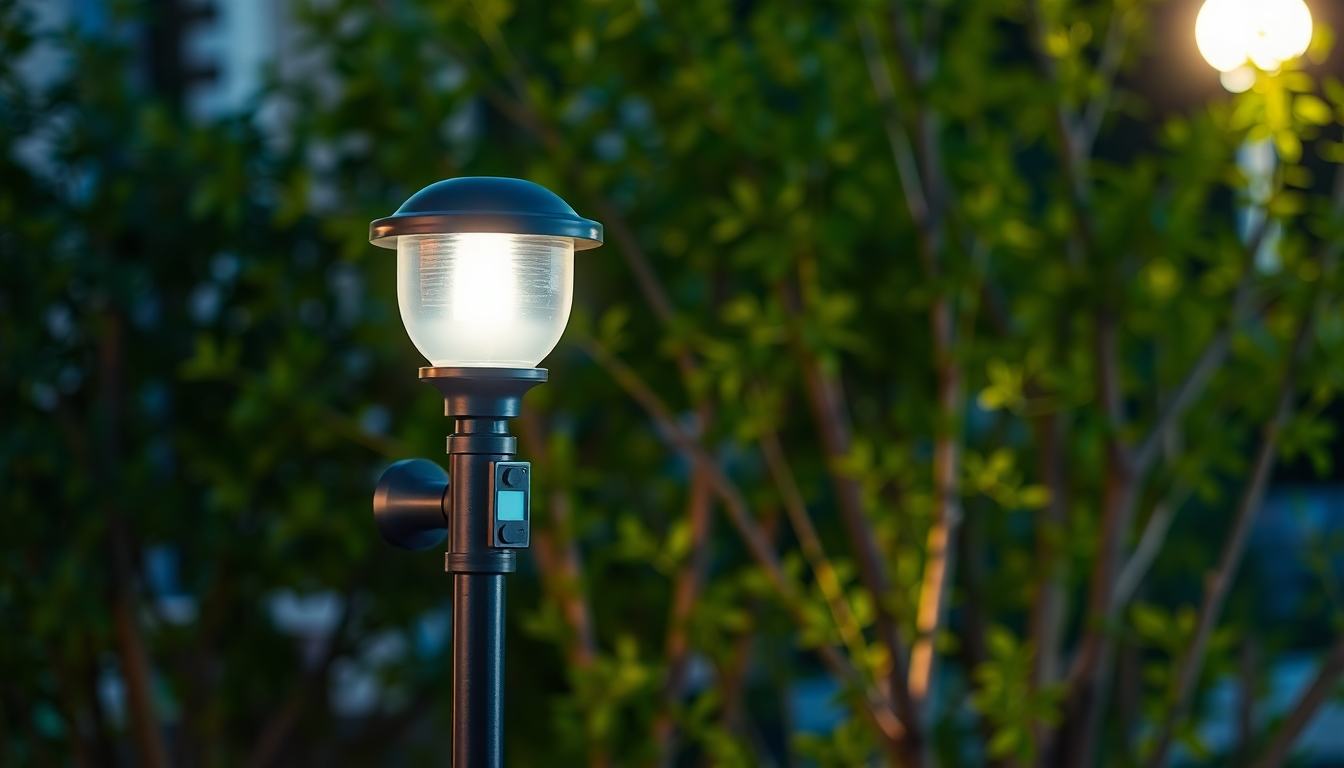Introduction
In 2025, property management and facility operations are undergoing a transformative shift thanks to the integration of cutting-edge Internet of Things (IoT) technology into night lighting systems. These advanced IoT-enabled lighting solutions are no longer just about illuminating spaces—they are about creating intelligent, responsive environments that enhance safety, optimize operational efficiency, and promote sustainability. As urban areas expand and security concerns rise, property owners and facility managers are adopting these smart lighting systems to meet the evolving demands of modern property management.
The Evolution of Night Lighting: From Traditional to IoT-Enabled Systems
For decades, traditional night lighting relied on manual switches, fixed schedules, and basic timers. While functional, these systems often resulted in energy wastage and inconsistent safety coverage. The advent of IoT technology has radically transformed this landscape. Modern IoT-enabled lighting systems incorporate sensors, connectivity, and automation to deliver smarter, more adaptable solutions.
Key differences include:
- Data-Driven Management: Real-time insights allow for precise control and analytics.
- Automation and Adaptability: Lights respond dynamically to environmental changes and user presence.
- Remote Accessibility: Management platforms accessible from any location via internet connectivity.
Key Features of IoT-Enabled Night Lighting Systems in 2025
The latest IoT-enabled lighting solutions are packed with advanced features designed to maximize efficiency and safety:
- Smart Motion Detection: Sensors detect movement with high accuracy, triggering instant lighting to deter intruders or assist in safe navigation.
- Adaptive Brightness Control: The system assesses ambient light and activity levels, adjusting brightness to conserve energy while maintaining safety.
- Scheduled & Event-Based Automation: Custom schedules and events ensure lights operate optimally without manual intervention.
- Remote Management & Control: Cloud-based dashboards allow property managers to oversee and adjust lighting settings from anywhere in real time.
- Integration with Security Technologies: Seamless connectivity with CCTV, alarms, and access control strengthens property security.
- Data Analytics & Reporting: Collection of detailed usage data helps in optimizing performance and planning maintenance.
Benefits of IoT Night Lighting Systems
Implementing IoT-enabled lighting systems offers numerous advantages for property owners and facility managers:
- Enhanced Safety and Security: Automated lighting responses reduce tripping hazards and make theft or vandalism less likely by increasing visibility and deterring miscreants.
- Significant Energy Savings: Intelligent controls lead to reduced energy consumption, aligning with sustainability initiatives and reducing operational costs.
- Operational Efficiency: Automation minimizes the need for manual adjustments, frees up human resources, and accelerates incident response times.
- Improved User Experience: Guided pathways, well-lit entrances, and responsive lighting create safer and more welcoming environments for residents, employees, and visitors.
- Data-Driven Decision Making: Analytics provide insights into usage patterns, helping optimize lighting schedules and predict maintenance needs.
- Scalability and Flexibility: Modular designs allow easy expansion, upgrade, and customization based on evolving property requirements.
Implementation Strategies for 2025
To effectively deploy IoT night lighting systems, property managers should consider the following strategic steps:
- Conduct a Comprehensive Needs Assessment: Analyze the specific safety, security, and operational requirements of the property.
- Select Compatible Hardware: Choose IoT-enabled lights and sensors that adhere to open standards for easy integration and future upgrades.
- Invest in Cloud Platforms: Use centralized, scalable platforms for control, analytics, and maintenance management.
- Ensure Robust Cybersecurity: Implement encryption, secure access controls, and regular updates to protect connected devices from cyber threats.
- Staff Training & Education: Train facilities staff on managing new systems, troubleshooting, and optimizing performance.
- Develop a Phased Implementation Plan: Roll out the system in phases to monitor performance, troubleshoot issues, and refine operations.
Future Trends in IoT Night Lighting
Looking beyond 2025, several innovative trends are expected to shape the future of IoT-enabled lighting:
- Artificial Intelligence Integration: AI algorithms will enable predictive lighting responses, learning from data to optimize safety and energy efficiency continually.
- Enhanced Interconnectivity with Smart Cities: Night lighting systems will integrate with broader urban infrastructure, contributing to smart city initiatives such as pollution control, traffic management, and emergency response.
- Renewable Energy Power Sources: Solar-powered IoT lights will become more prevalent, reducing carbon footprints and operational costs.
- Context-Aware Lighting: Systems will adapt not only to environmental conditions but also to human activity patterns and even weather events.
- Advanced Sensors & Materials: New sensor technologies and durable, weather-resistant materials will extend lifespan and reliability of outdoor lighting systems.
Case Studies & Real-World Applications
Many properties worldwide are already reaping the benefits of IoT night lighting systems:
- Commercial Office Complexes: Implementing sensor-based lighting to reduce energy costs by up to 40%, while improving safety during off-hours.
- Residential Communities: Using adaptive lighting to enhance security and community aesthetic, with remote control features for homeowners.
- Industrial Facilities: Integrating lighting with security surveillance to monitor large perimeters effectively and respond to intrusions instantly.
- Public Parks & Urban Areas: Deploying solar-powered IoT lights that provide illumination upon detecting motion, minimizing light pollution and conserving energy.
Challenges and Considerations
While the benefits are substantial, implementing IoT night lighting systems also involves challenges:
- High Initial Investment: Upfront costs for hardware, infrastructure, and training may be significant, though offset by long-term savings.
- Cybersecurity Risks: Connected systems are vulnerable to cyber threats; robust security measures are essential.
- Compatibility & Interoperability: Ensuring different devices and platforms work seamlessly together requires careful planning.
- Maintenance & Support: Regular updates and system maintenance are crucial for optimal performance.
- Regulatory & Privacy Concerns: Handling data responsibly and complying with local regulations is vital.
Conclusion
The landscape of night lighting is rapidly transforming with IoT innovations, leading to smarter, safer, and more sustainable property operations in 2025 and beyond. By embracing these intelligent systems, property owners and managers can significantly enhance security, reduce operational costs, and support environmental sustainability. The future of outdoor lighting lies in interoperability, AI-driven automation, and green energy—making it imperative for stakeholders to adopt forward-looking strategies now to stay ahead in this dynamic industry.




Laisser un commentaire
Tous les commentaires sont modérés avant d'être publiés.
Ce site est protégé par hCaptcha, et la Politique de confidentialité et les Conditions de service de hCaptcha s’appliquent.